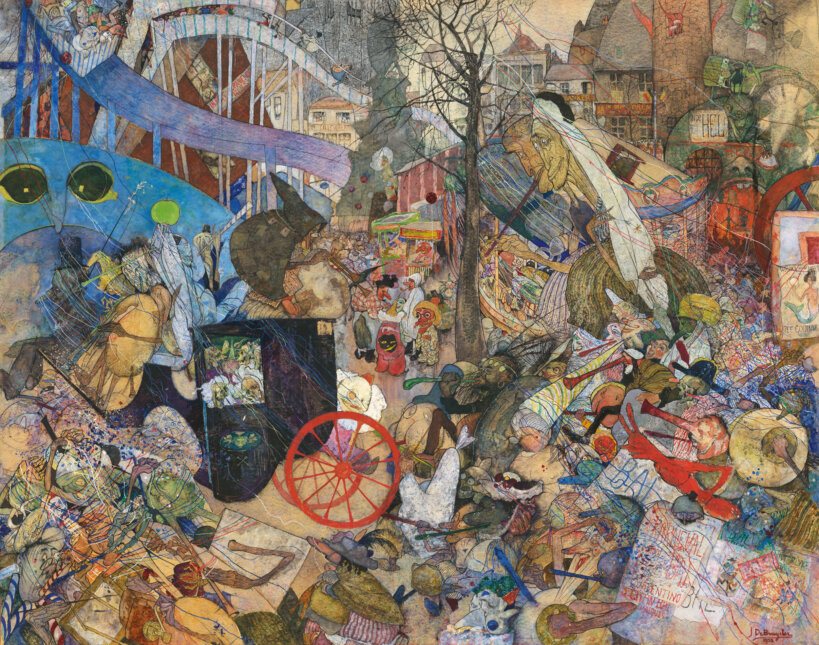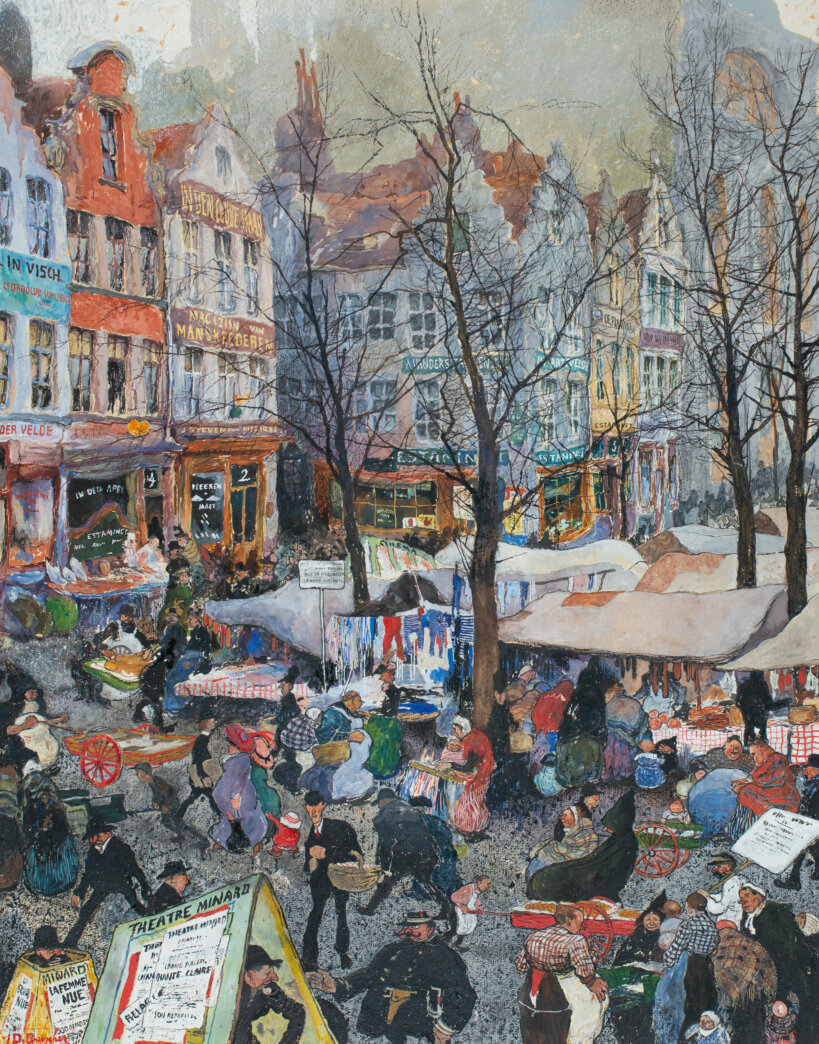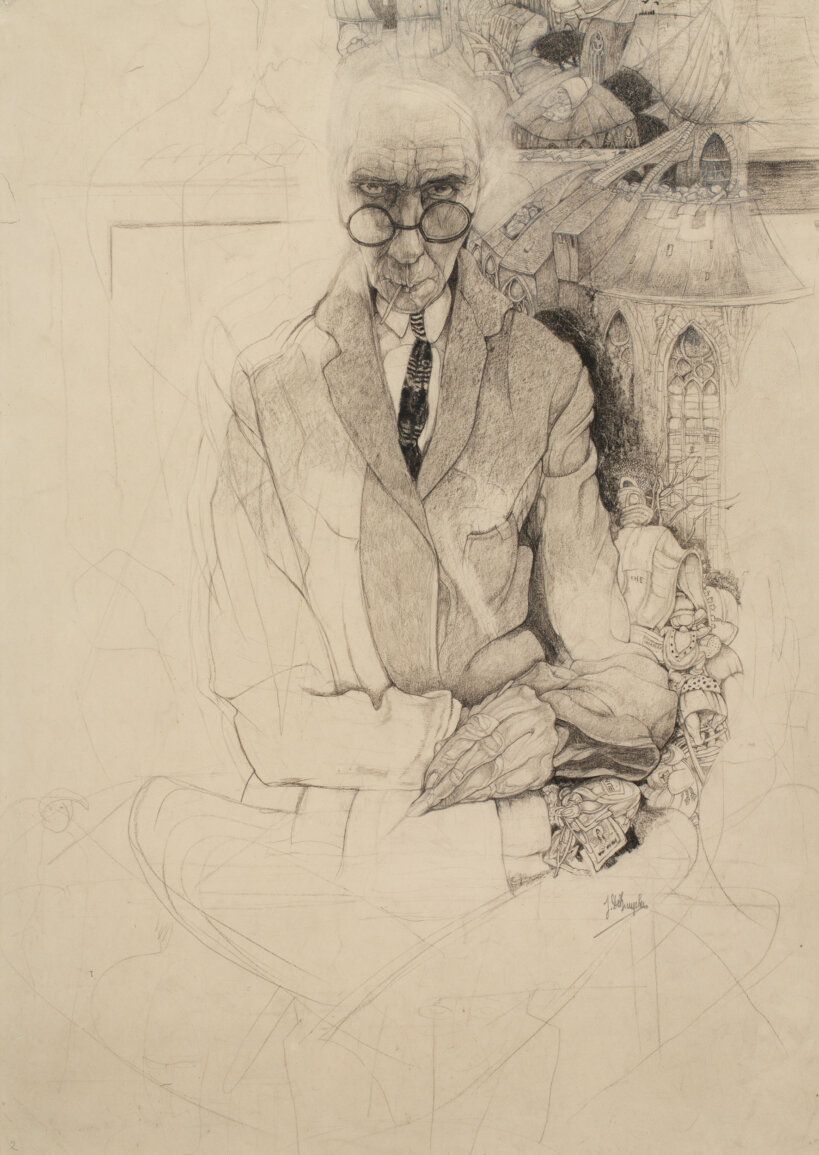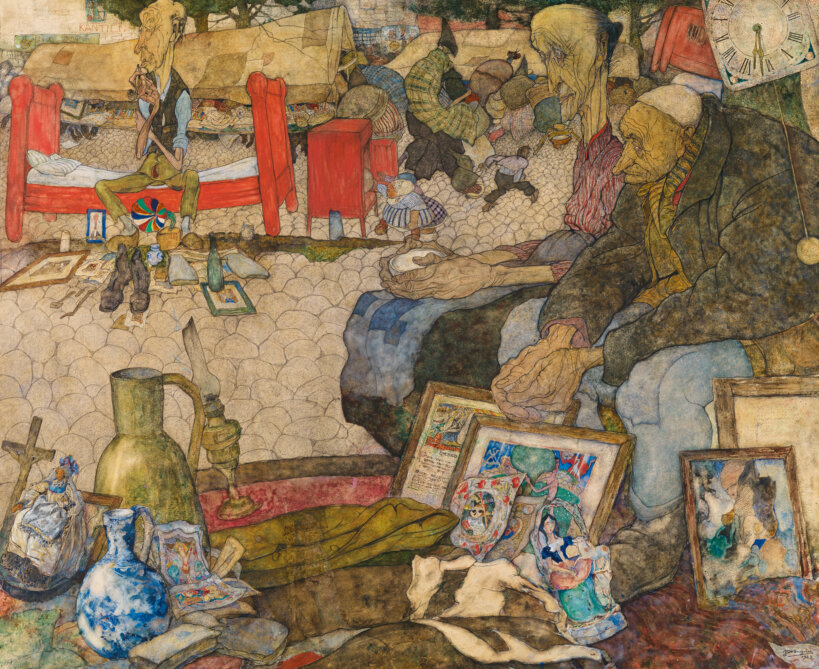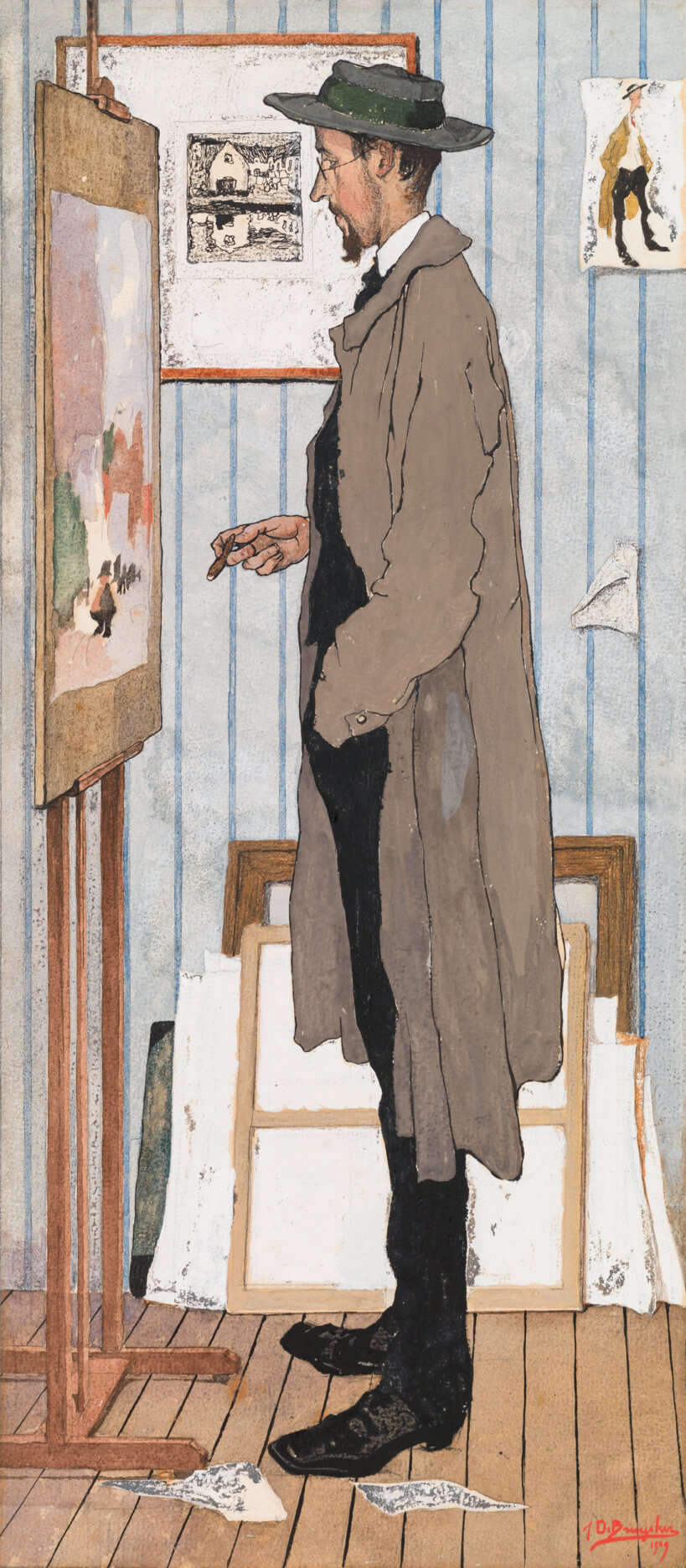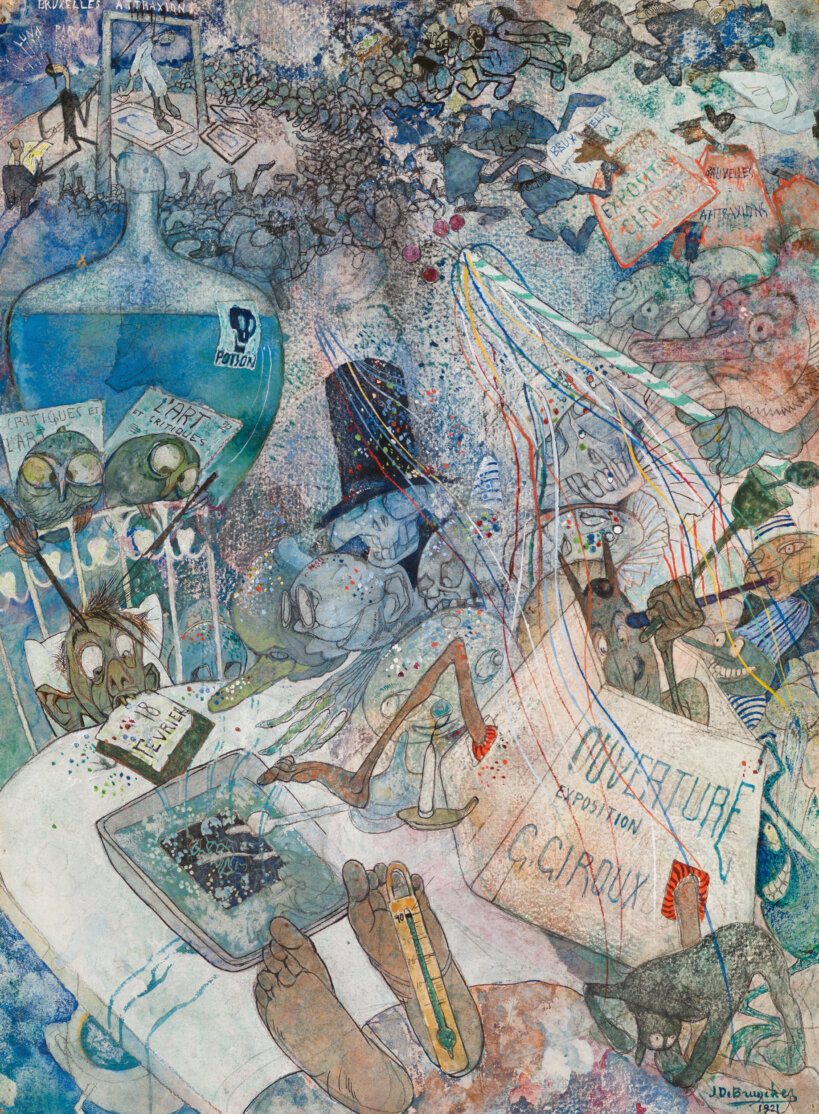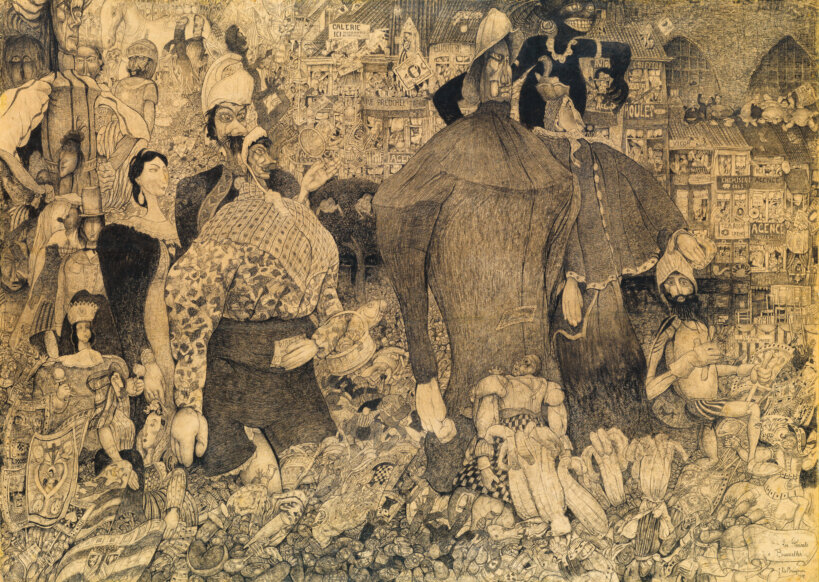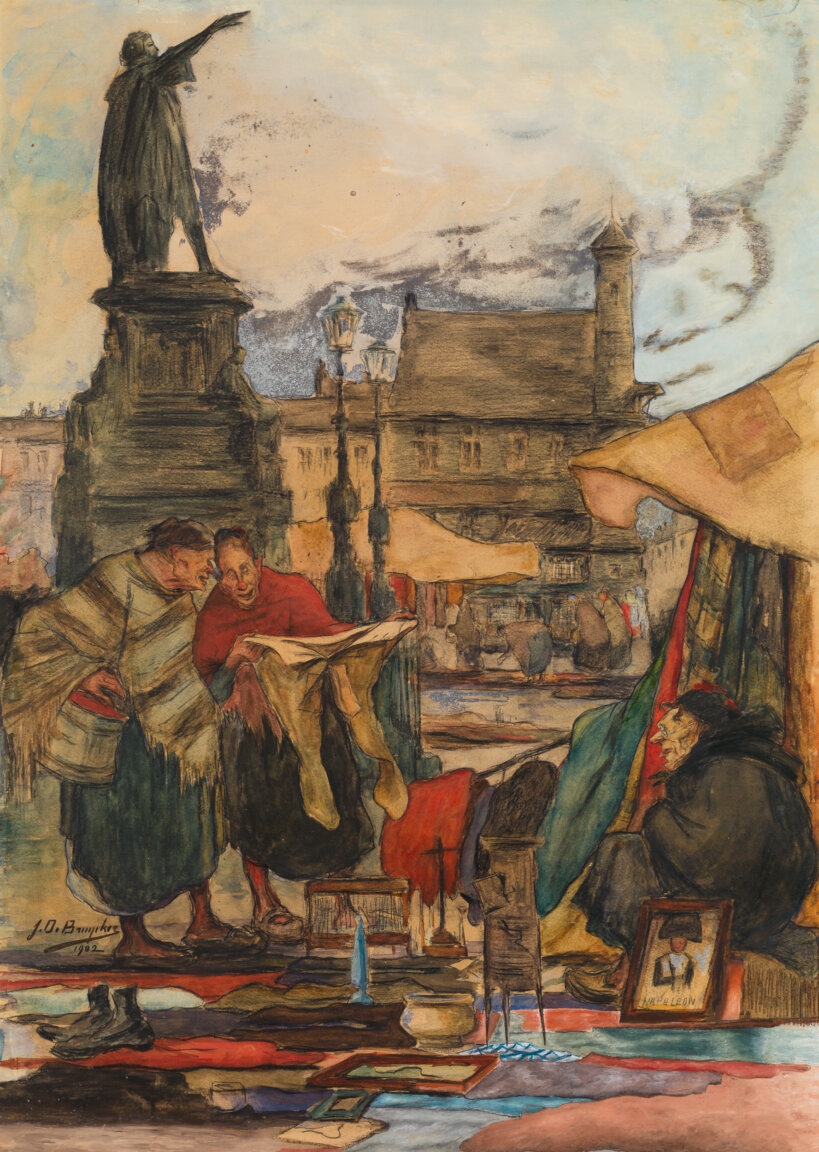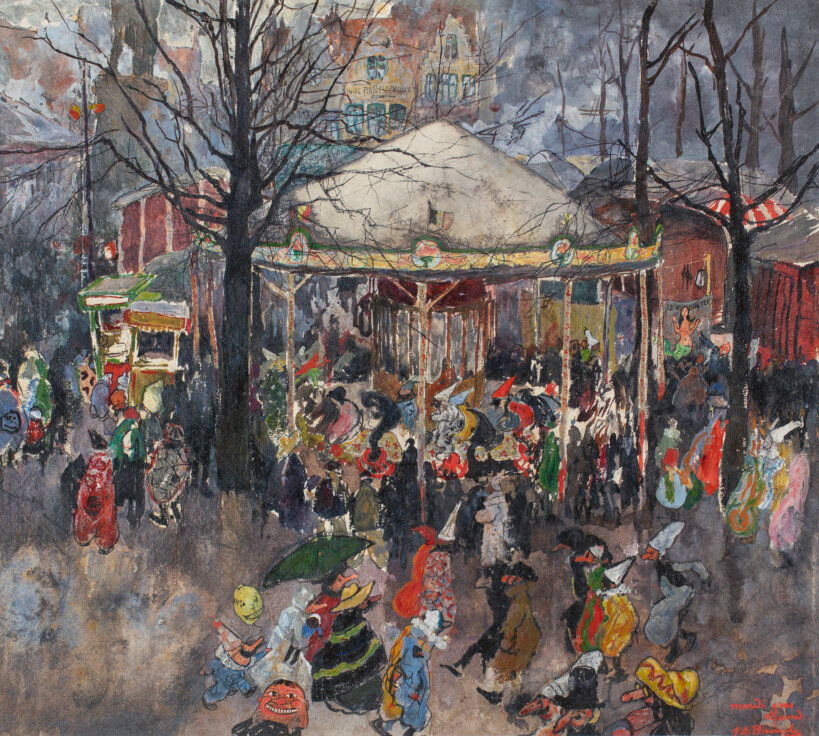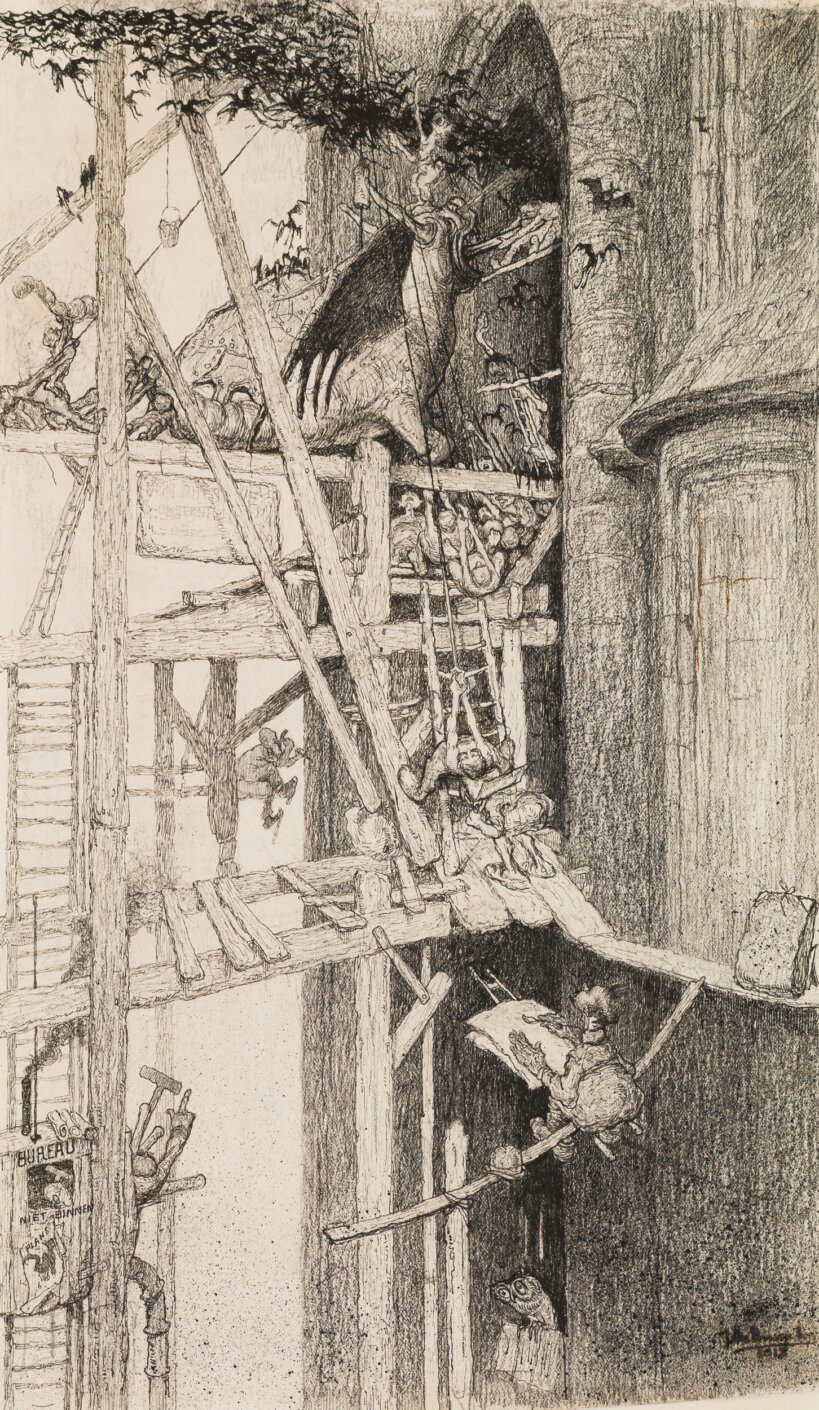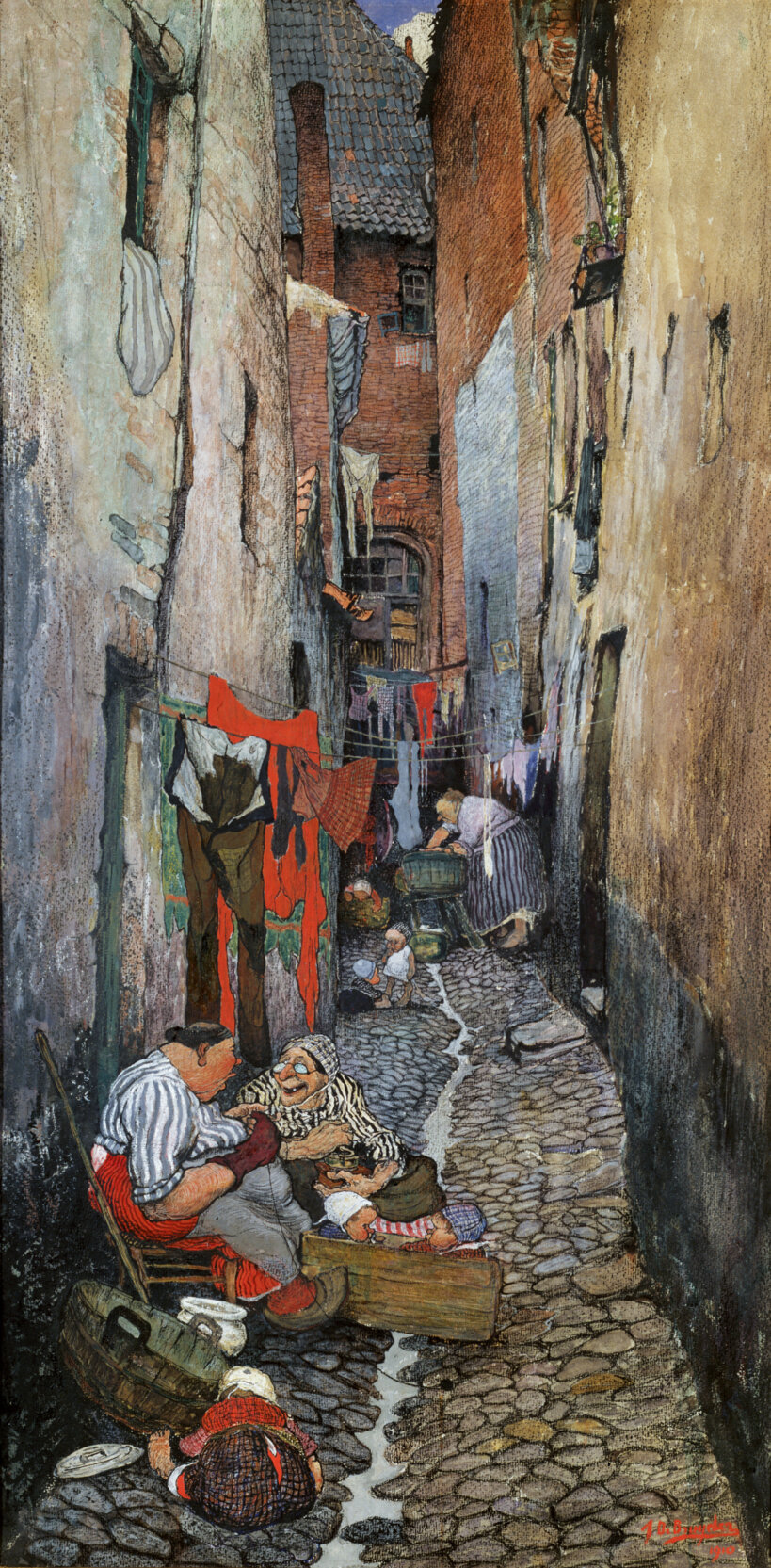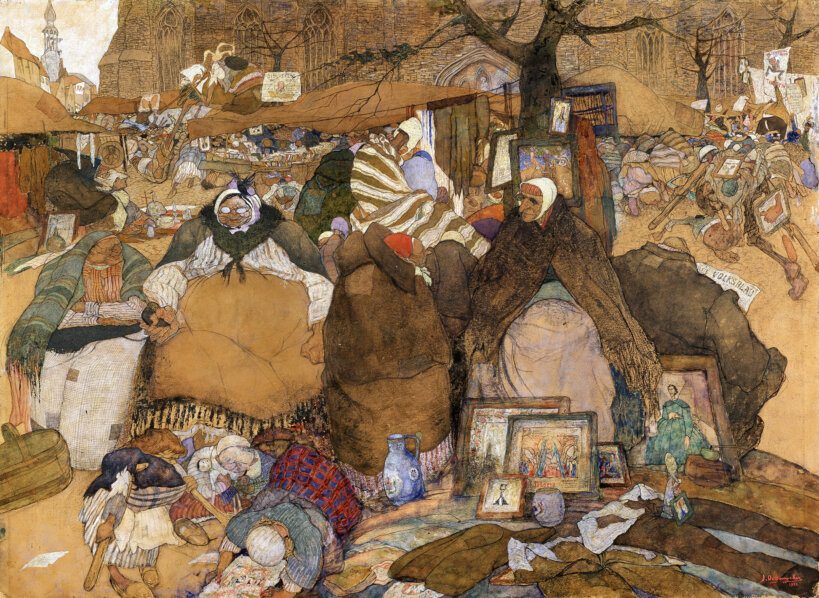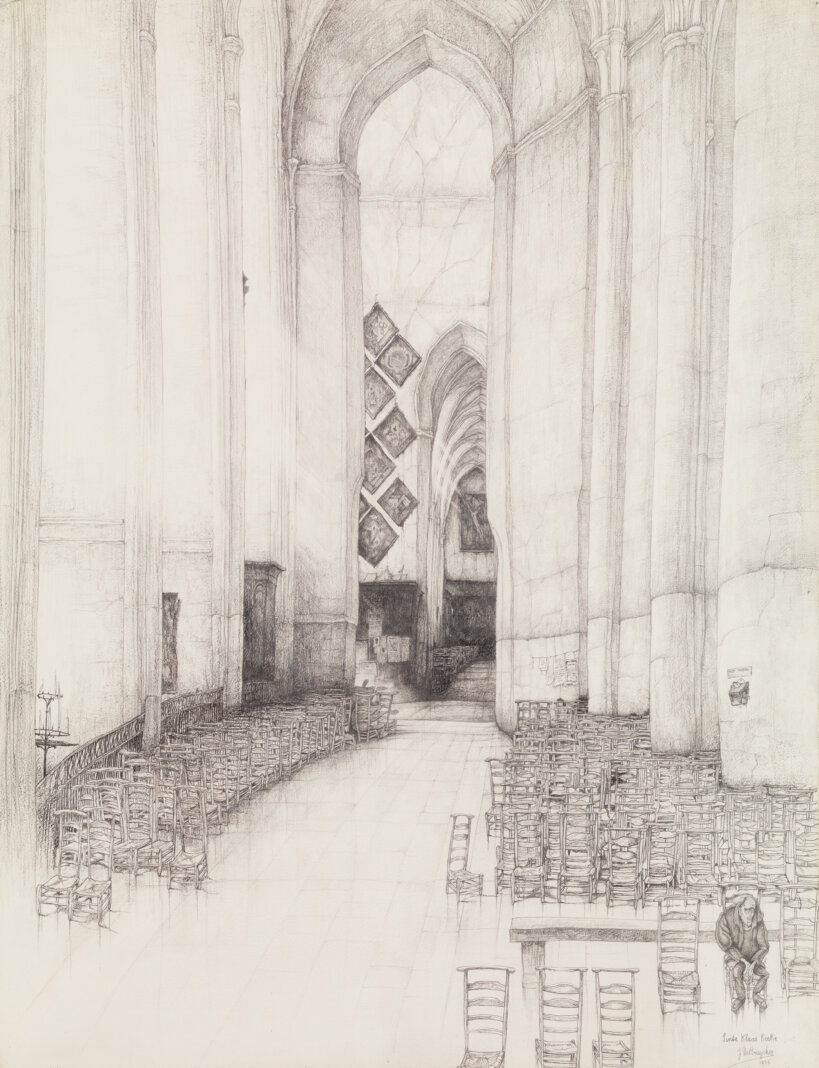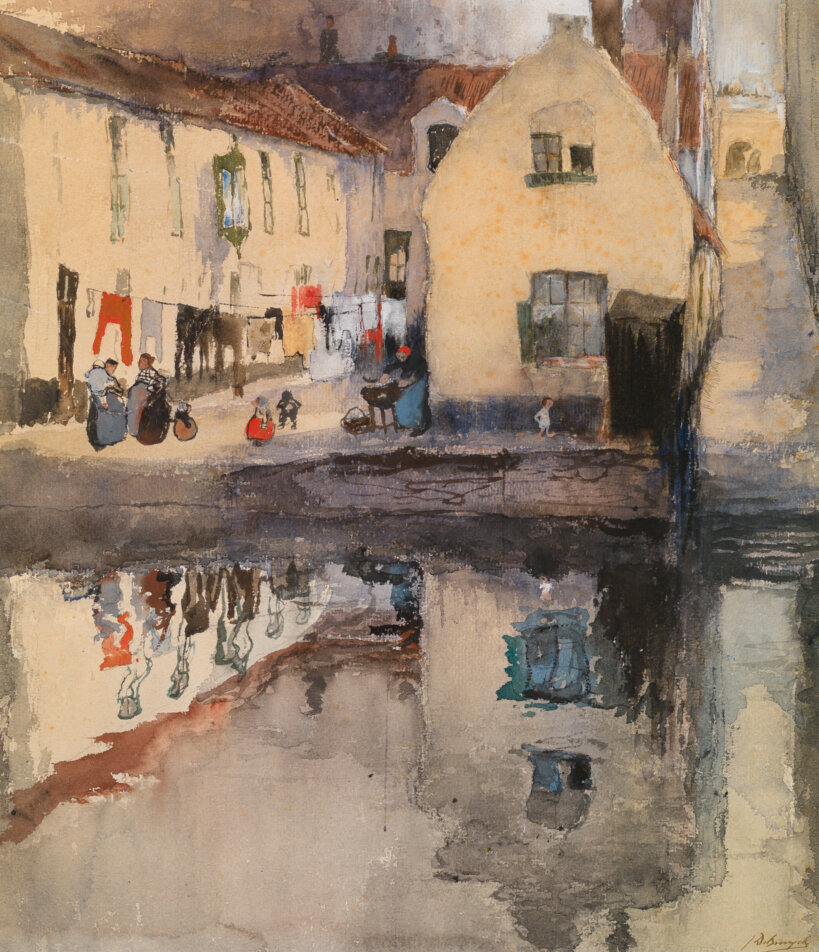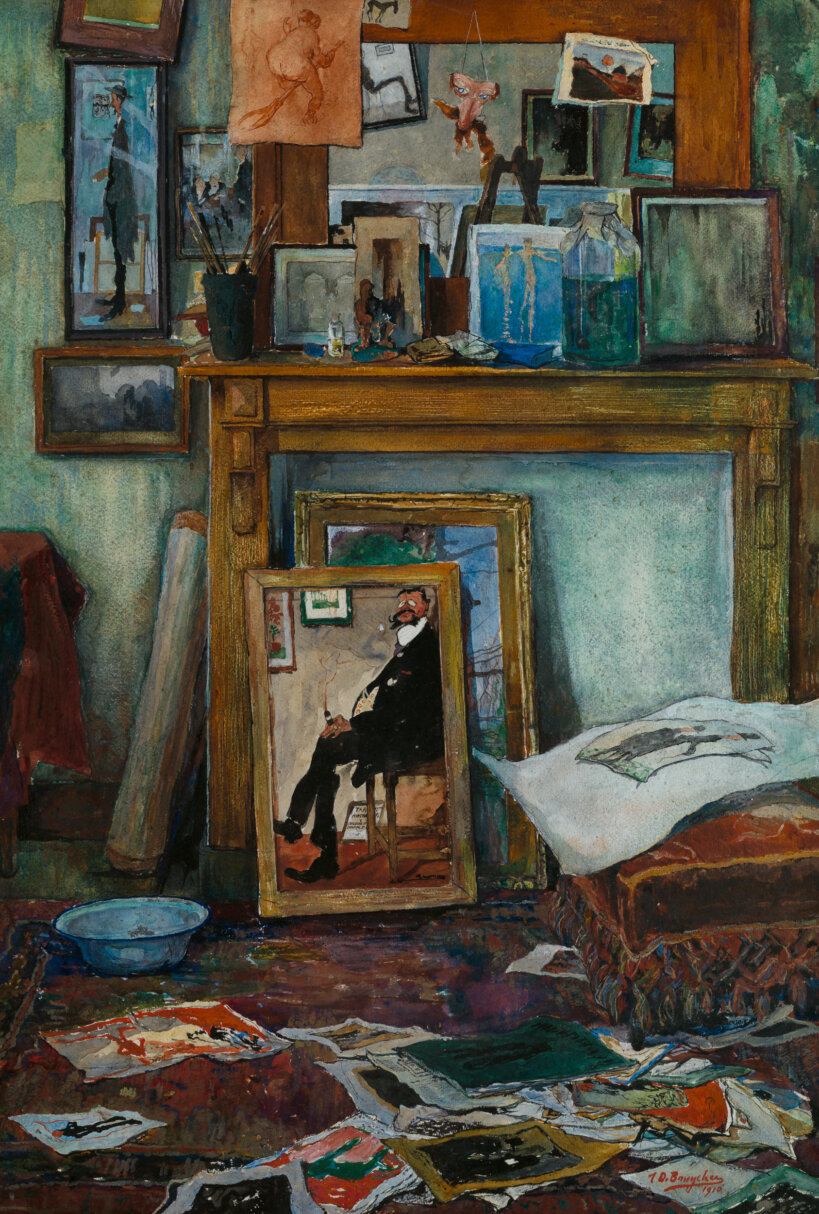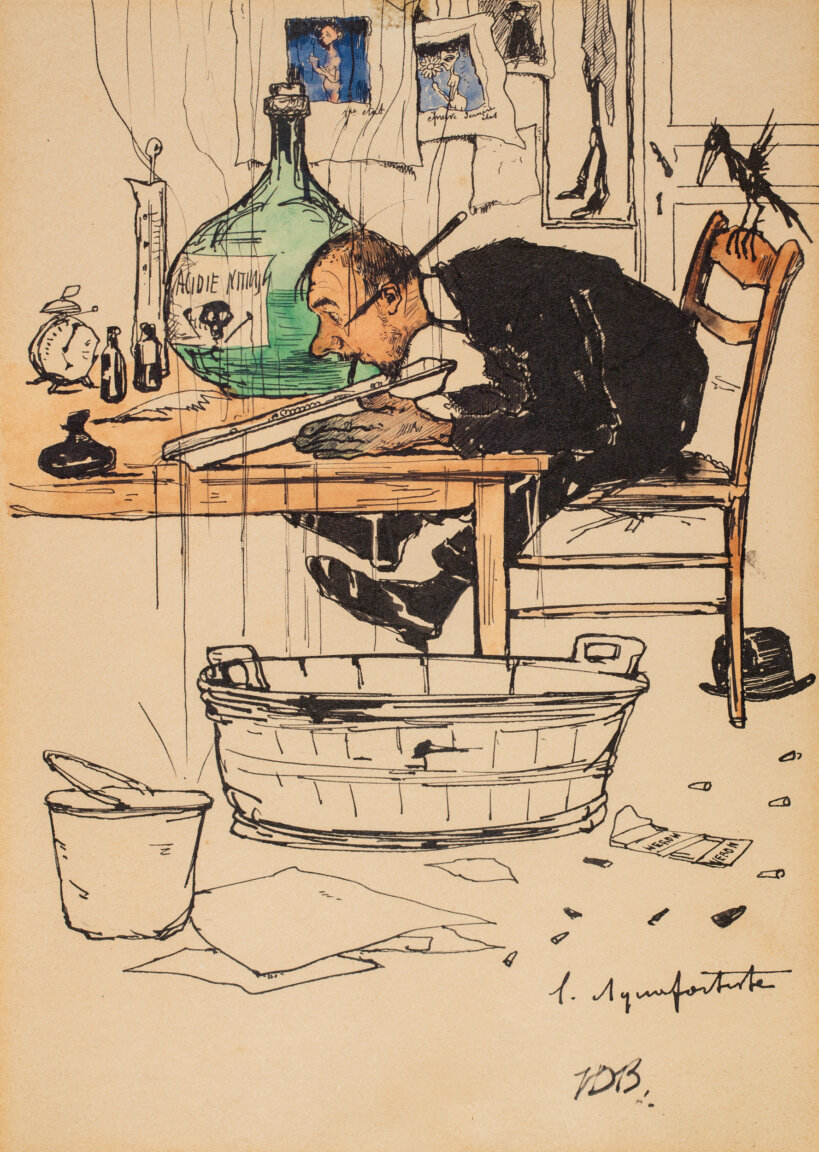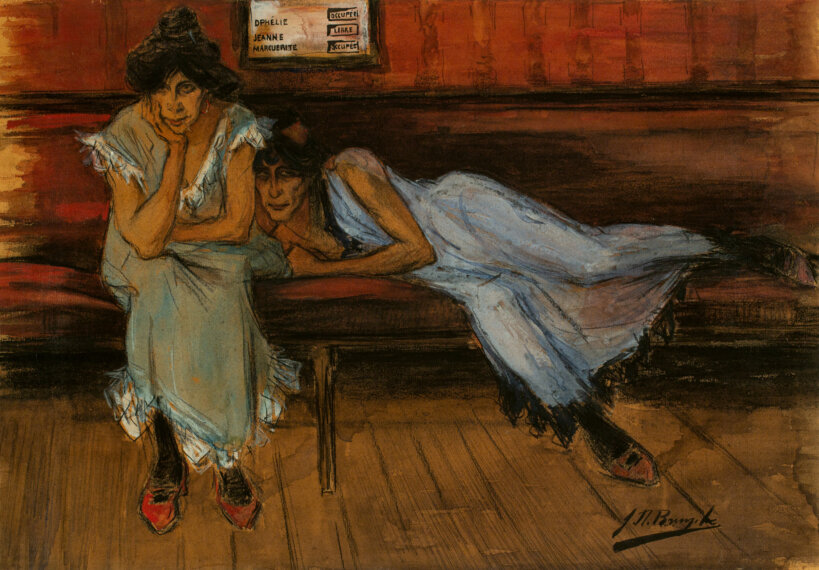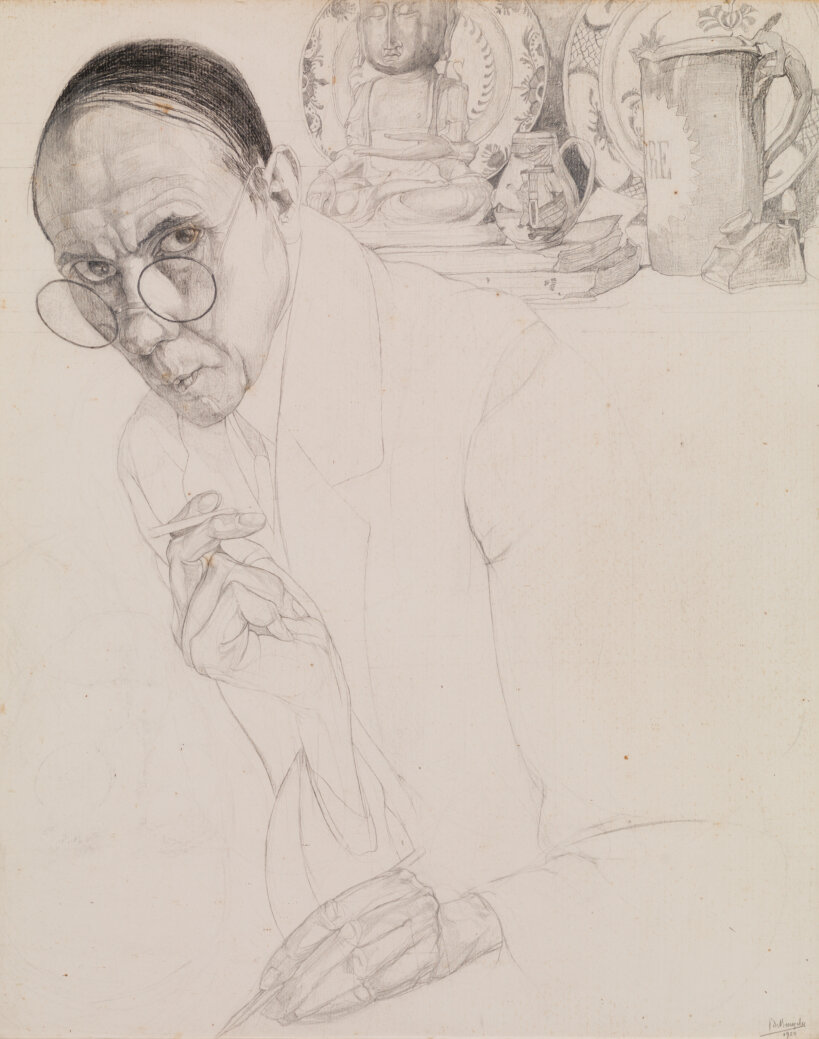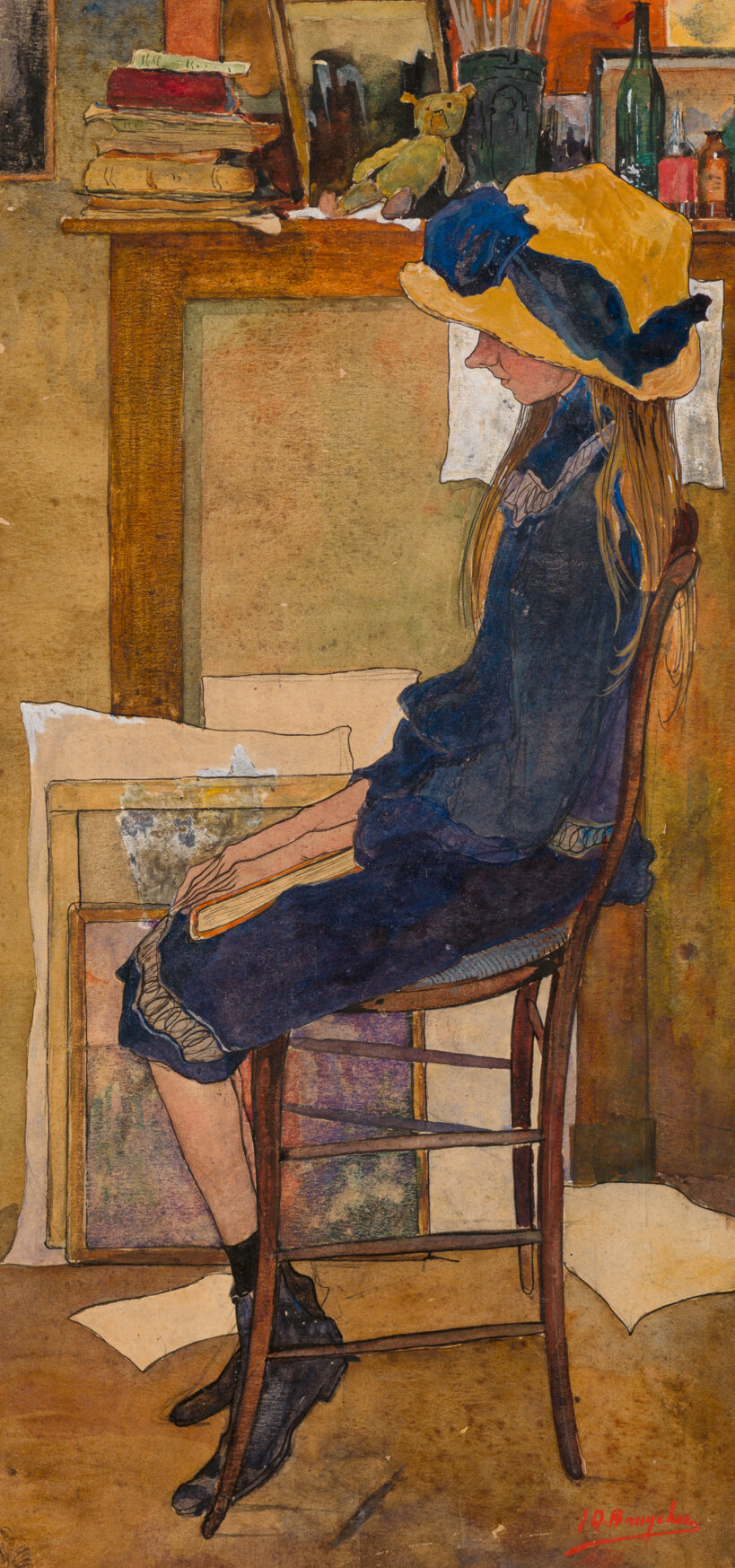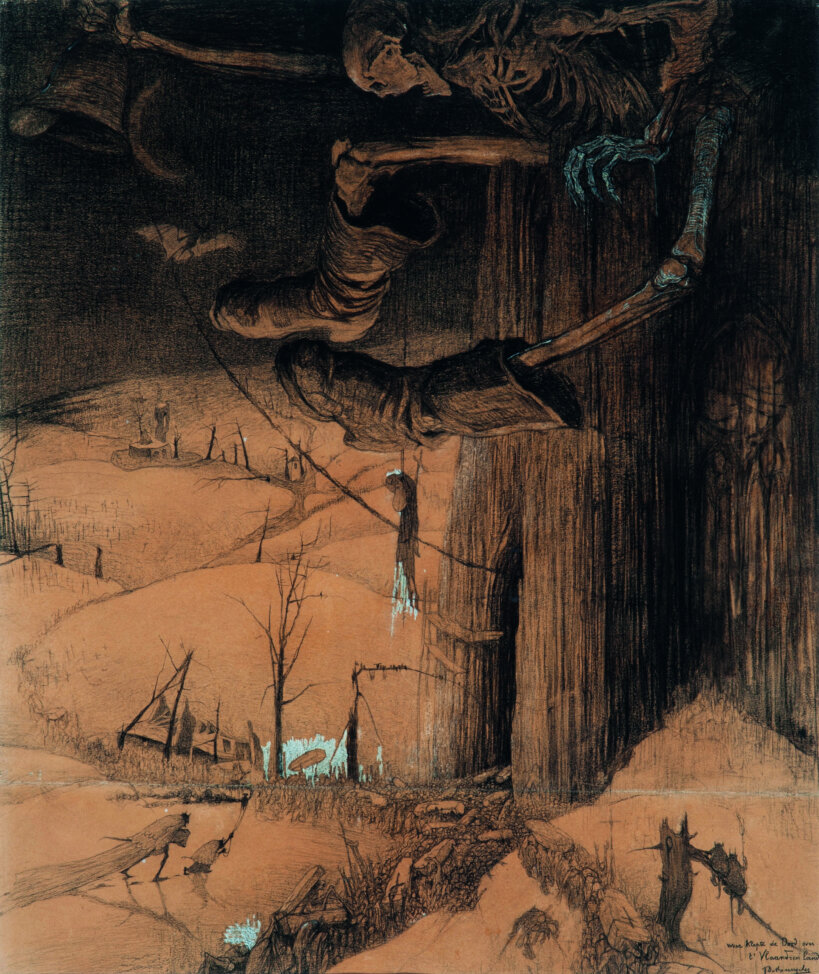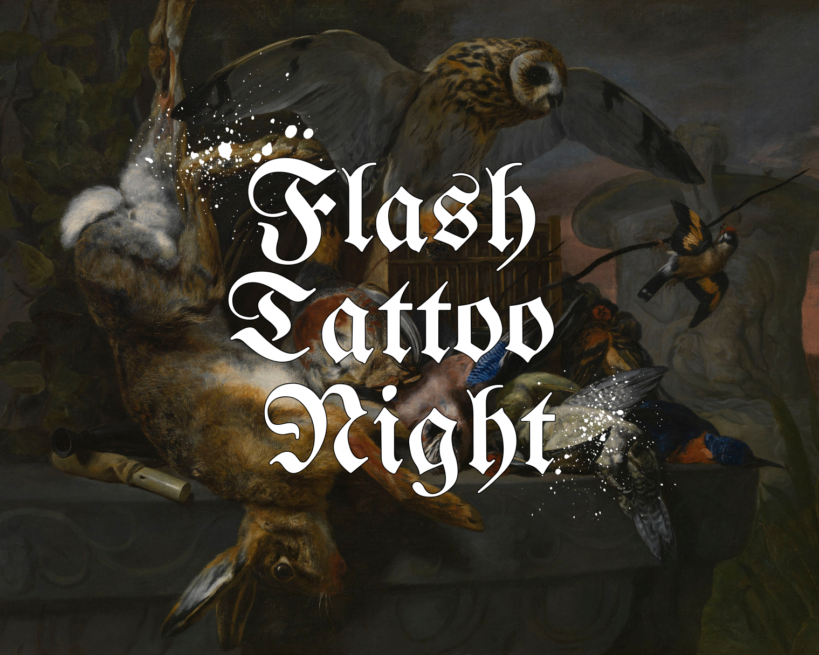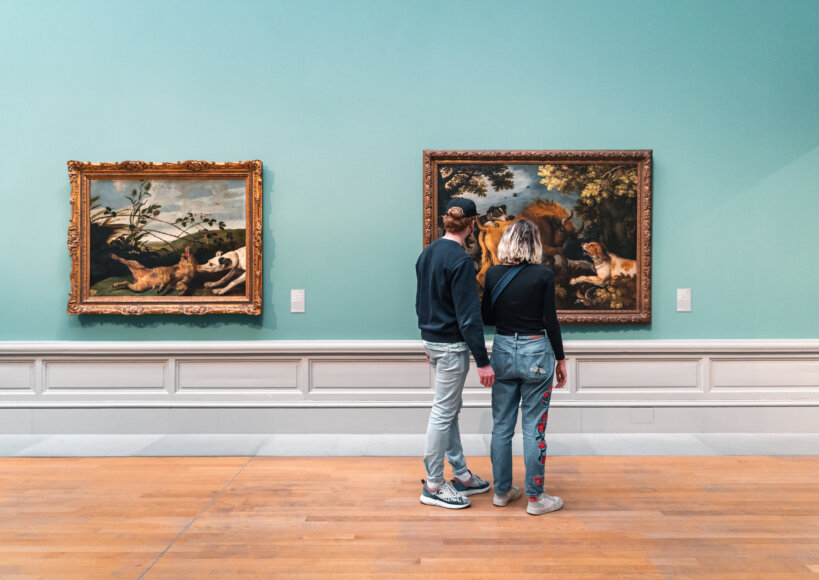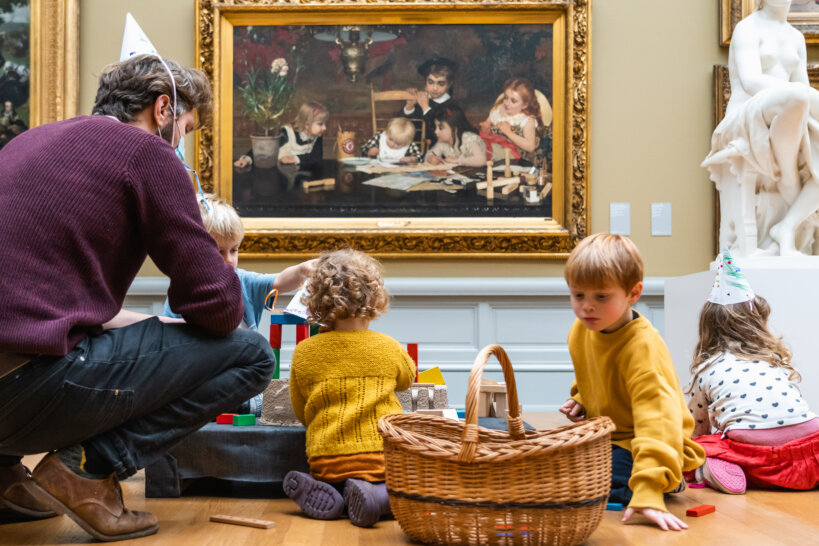The Museum of Fine Arts Ghent (MSK) is dedicating an exhibition to the work of Jules De Bruycker (Ghent 1870-1945). An extensive overview of 150 drawings, watercolours and gouaches brings to life the dazzling, expressive and at times imaginary world of this Ghent artist-observer.
Today, most enthusiasts know Jules De Bruycker mainly as an etcher. Over the course of a career that spanned over forty years, he left behind an oeuvre of 309 individual prints and developed into one of the most pioneering graphic artists in Belgium during the first half of the 20th century. But De Bruycker was not only an extraordinary graphic artist. To this day, one key aspect of his oeuvre, namely the drawn work, has remained underexposed. This is precisely what the exhibition focuses on.
Drawing is De Bruycker's first love, even before his thirties when he begins devoting himself to etching. In his drawings we see a versatile artist who always has pencil and paper to hand, in order to quickly sketch an impression of what he observes in everyday life around him. But De Bruycker also works out themes in autonomous, larger, sometimes even monumental drawings. Prints and drawings aren’t strictly separated in his oeuvre either. He often reuses motifs from drawings in etchings, or later reworks elements from etchings into drawings. And if his drawings are less well known, this is even more the case with the watercolours, gouaches and the few oil paintings by his hand. These reveal that De Bruycker not only fascinates in black and white, but also sparkles in colour.
On a thematic level, the general public knows De Bruycker above all as the master of mild mockery, with which he approaches his immediate surroundings. De Bruycker is a masterful observer of group behaviour but an equally poignant witness of the individual: on the street, at the weekly markets, in the theatre, in church. In often a few concise lines De Bruycker reduces them to their pure essence. In doing so, he casts a sharp, sometimes caricatural and even merciless glance at his fellow man and also at himself.
In his work we see the teeming folk life in complex settings or, on the contrary, lonely figures against an abstract background. De Bruycker drags us into the exuberance of folk festivals and parades, but at the same time he confronts us with fellow human beings who live on the fringes of society, with their own transience and the lowest instincts of man. The phantasmagorical drawings and prints he made during the First World War bear witness to the latter, as he denounces the madness and human suffering of war through disillusioned ghost images.
In 150 exceptional works, the museum reintroduces the extraordinary artist that Jules De Bruycker was. 150 works in which his technical mastery is displayed, and that reveal how his unbridled capacity of observation and imaginative originality make Jules De Bruycker a unique and original artist. To this end, the museum draws on both its own rich and multifaceted collection as well as exhibiting numerous works from private collections.
